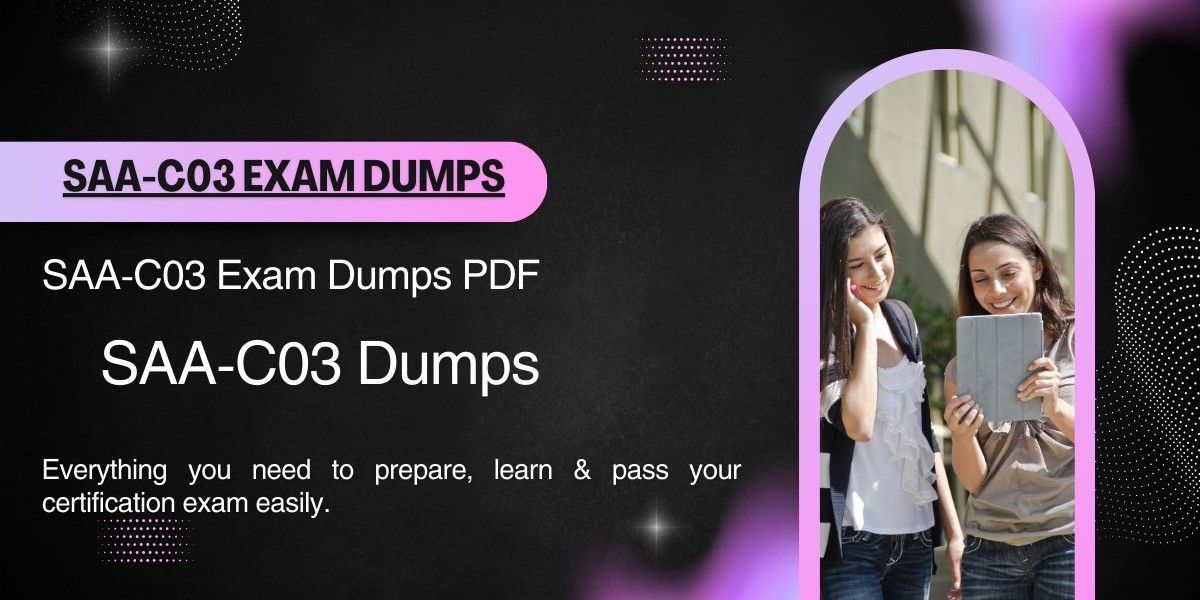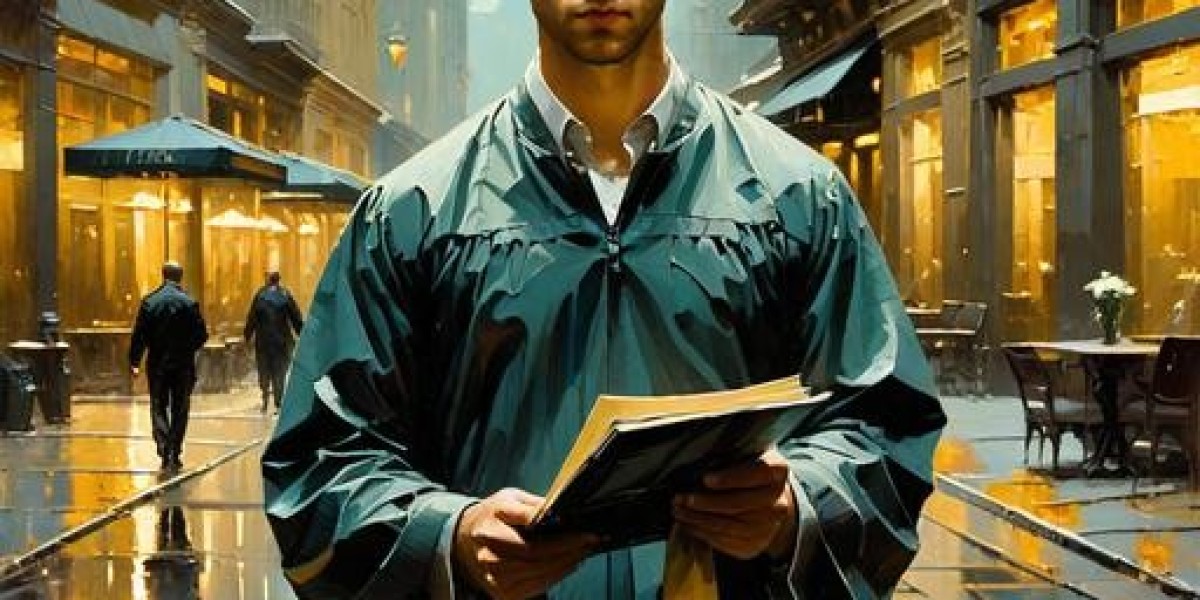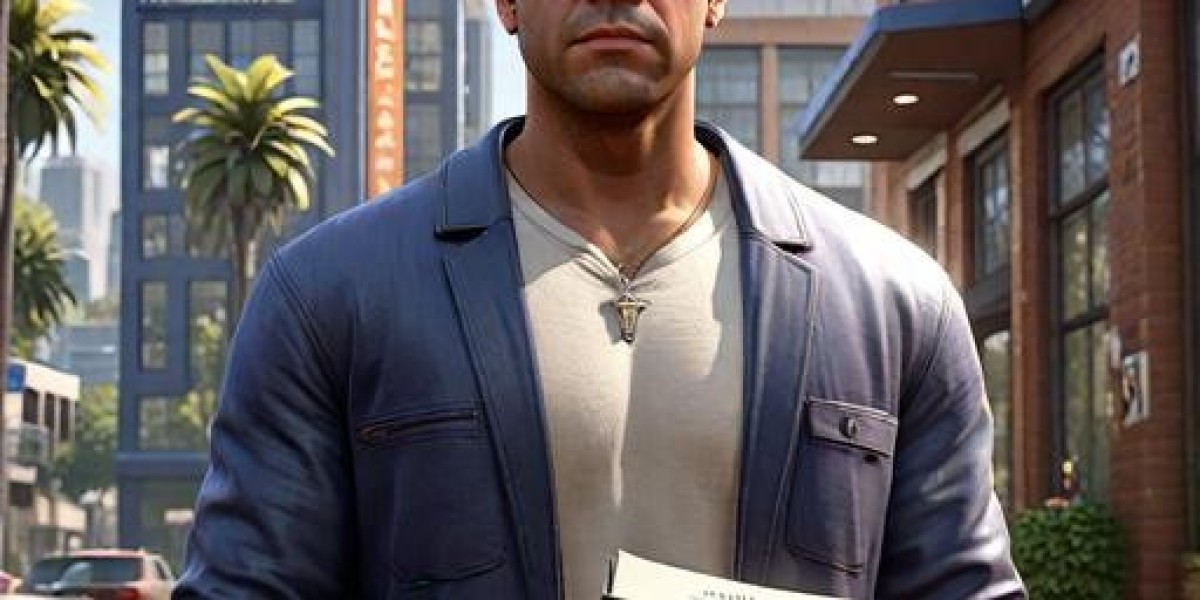Darkroom printing is a traditional photographic technique used to develop images from film negatives onto photographic paper. This method allows photographers to have complete control over the final print, including contrast, exposure, and tonality. Understanding the darkroom printing process, its benefits, and the associated costs can help photographers achieve high-quality prints with unique characteristics.
What is Darkroom Printing
Darkroom printing is the process of transferring a developed film negative onto light-sensitive photographic paper using an enlarger. The paper is then processed using a series of chemical baths to produce a final image. This method has been widely used for decades in black-and-white and color photography, offering a hands-on approach to image creation.
Darkroom printing provides photographers with the ability to manipulate prints using exposure adjustments, dodging, burning, and contrast filters, creating a level of artistic control that digital printing cannot replicate.
Steps in the Darkroom Printing Process
Darkroom printing involves several steps to ensure high-quality photographic prints:
1. Preparing the Darkroom
The darkroom must be completely lightproof to prevent exposure to unwanted light.
A safe light is used to illuminate the workspace without affecting light-sensitive photographic paper.
Chemicals such as developer, stop bath, and fixer must be prepared in trays.
2. Selecting the Negative
Choose a properly developed film negative for printing.
Clean the negative to remove dust and fingerprints to avoid imperfections in the final print.
3. Using the Enlarger
Place the negative in the enlarger and adjust the focus.
Select an appropriate lens aperture and exposure time based on the desired print outcome.
Test strips may be used to determine the optimal exposure.
4. Developing the Print
Expose the photographic paper to light from the enlarger.
Place the exposed paper in the developer tray to reveal the image.
Move the paper to the stop bath to halt the development process.
Transfer the print to the fixer to make the image permanent.
Wash the print in clean water to remove residual chemicals.
Allow the print to dry completely.
Types of Darkroom Printing
Different printing techniques can be used depending on the desired effect:
Contact Printing
Involves placing the film negative directly onto the photographic paper.
Used for making small-sized prints or contact sheets for proofing.
Enlargement Printing
Uses an enlarger to project the negative onto the photographic paper.
Allows for increased print size and composition adjustments.
Split-Tone Printing
A technique that applies different chemical toners to create unique color effects.
Commonly used in black-and-white photography for artistic enhancement.
Lith Printing
Uses a special lith developer to create high-contrast prints with distinctive grain and tone effects.
Popular for its vintage and artistic appeal.
How Much Does Darkroom Printing Cost
The cost of darkroom printing varies depending on factors such as paper type, print size, and processing chemicals. Below are general price estimates:
Basic Black-and-White Print: $5 to $15 per print
Color Darkroom Print: $10 to $30 per print
Large Format Print: $20 to $50 per print
Custom Print with Adjustments: $30 to $100 per print
Additional Costs: Chemicals, paper, and enlarging equipment add to the overall expense
Where to Print Photos in a Darkroom
Several options are available for darkroom printing, depending on experience level and accessibility:
Personal Darkroom
Setting up a home darkroom allows complete control over the Online Film Processing.
Requires an enlarger, chemicals, photographic paper, and a properly ventilated workspace.
Community Darkrooms
Many photography schools and art centers offer access to shared darkroom facilities.
Ideal for photographers who do not have space for a personal darkroom.
Professional Darkroom Printing Services
Some photo labs and professionals offer darkroom printing for those who prefer high-quality prints without doing the work themselves.
Provides expert control over exposure, contrast, and development techniques.
Tips for Better Darkroom Printing Results
Use High-Quality Film and Paper: Better materials result in sharper, more detailed prints.
Maintain Proper Chemical Temperatures: Chemical reactions depend on precise temperature control.
Experiment with Exposure and Contrast: Adjusting these settings can enhance the final print’s depth and details.
Keep the Darkroom Clean: Dust and contamination can affect the quality of the prints.
Practice Dodging and Burning: These techniques allow for selective lightening and darkening of areas in the print.
Conclusion
Darkroom printing is a time-honored process that provides photographers with creative control and artistic expression. Whether using a personal darkroom, a community facility, or a professional service, understanding the process and costs involved ensures better results. With careful practice and the right techniques, darkroom printing remains a rewarding and valuable skill for film photographers.









